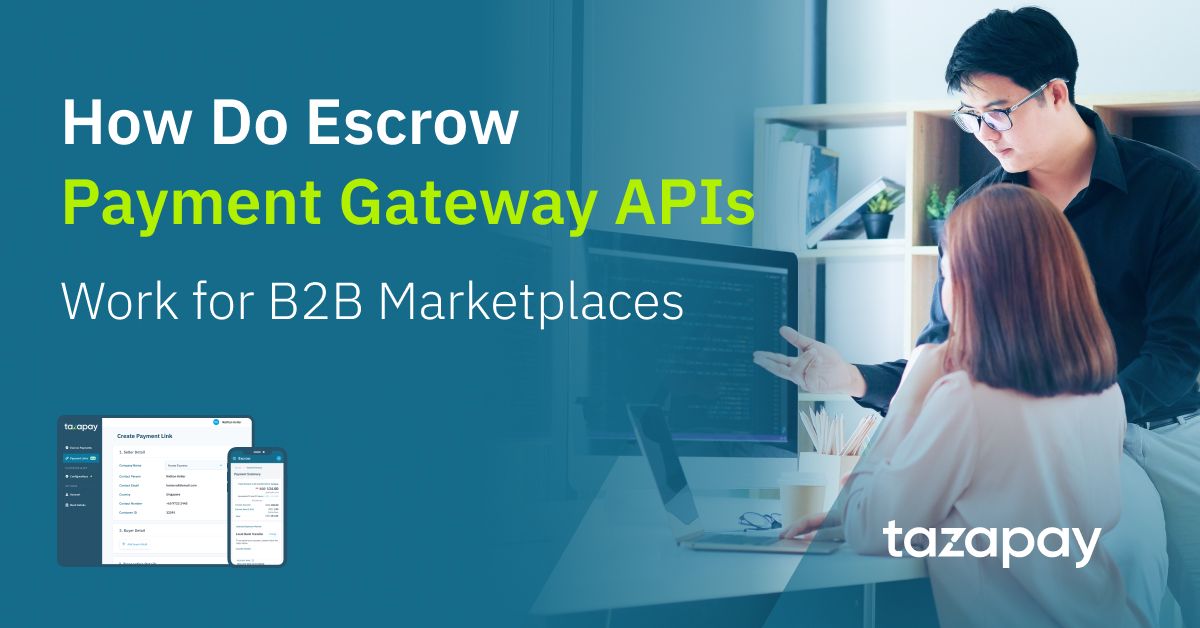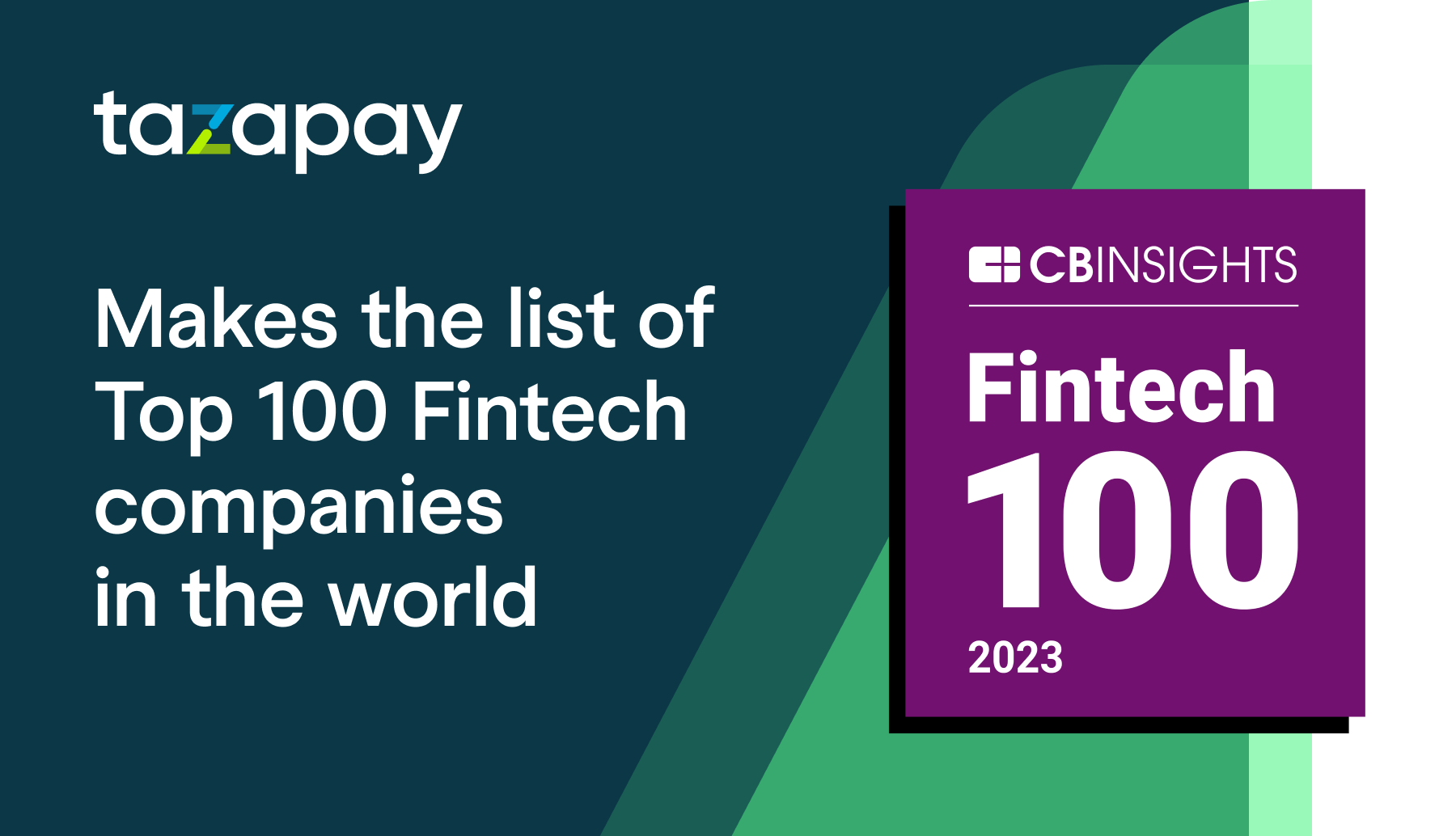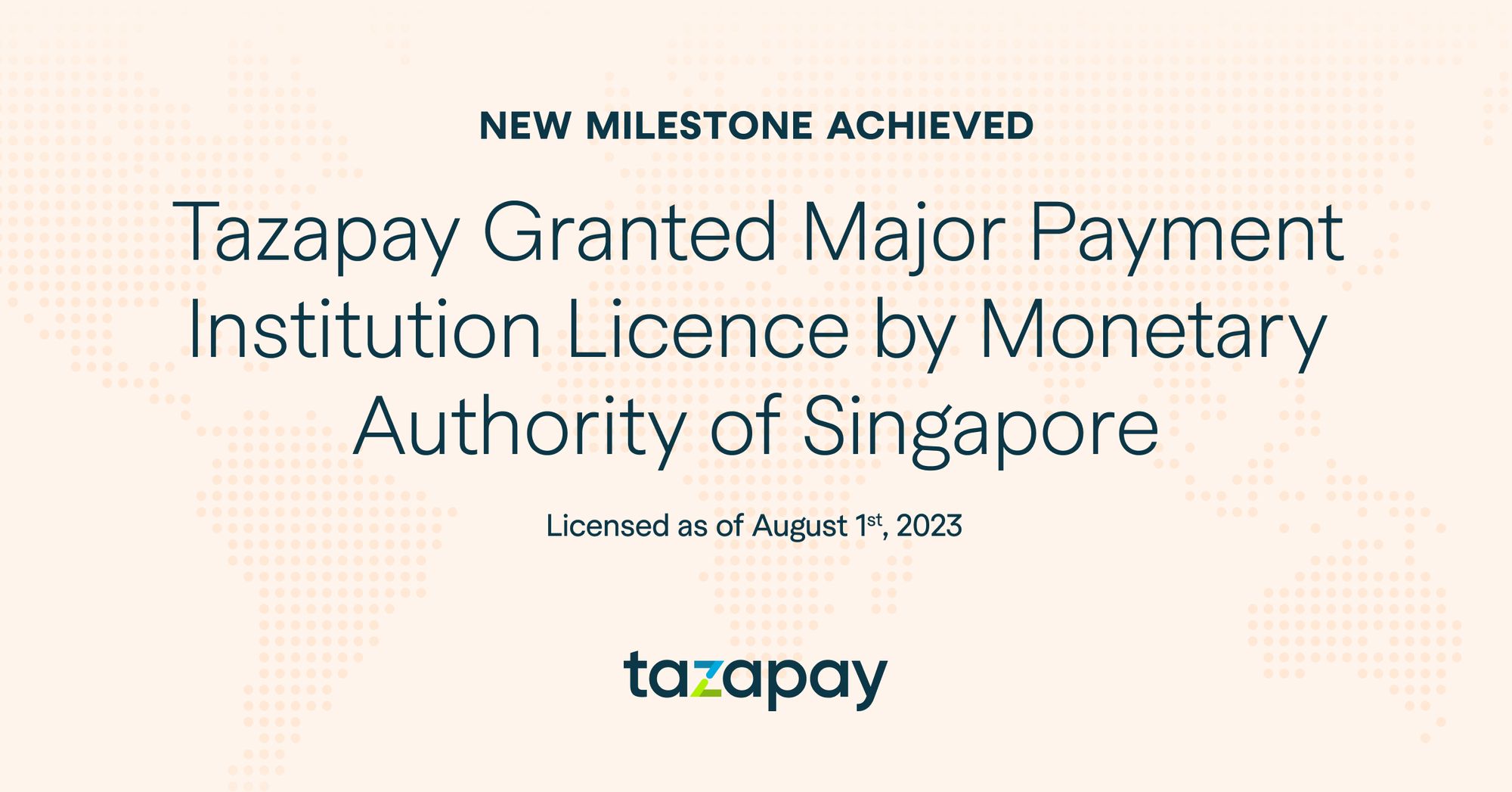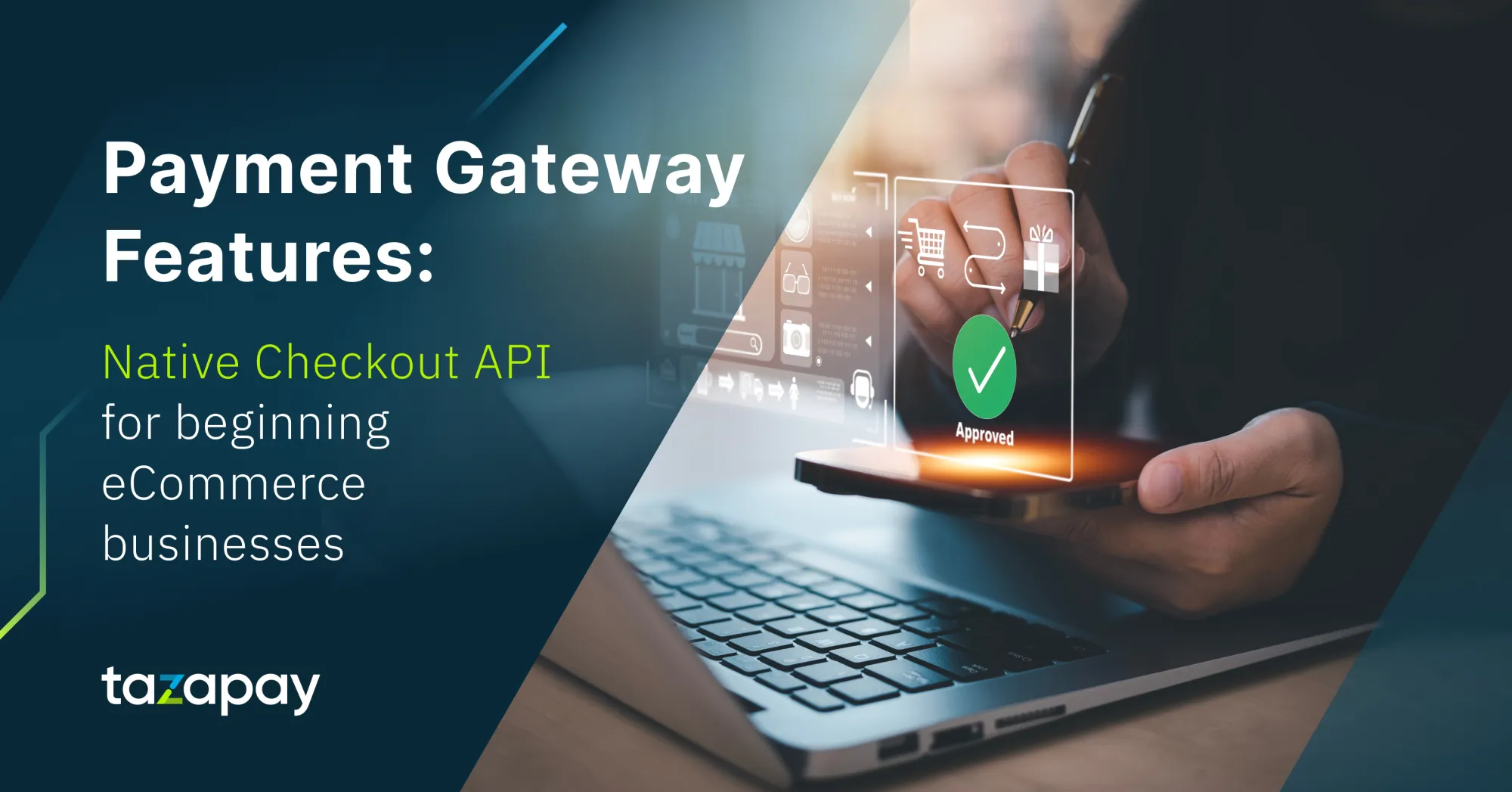- Home
Blog Blog
Product Info Product Info
How Do Escrow Payment Gateway APIs Work for B2B eCommerce Marketplaces?
How Do Escrow Payment Gateway APIs Work for B2B eCommerce Marketplaces?

The checkout page experience is becoming ever more important in ensuring your users are delighted by a smooth transaction. This is especially the case as more B2B businesses are going online and adopting B2C payment habits.
However, typical payment solutions fail to account for B2B trade complexities because they were designed with B2C consumers in mind. Since B2B trade involves more negotiations and differing payment terms depending on the value of the goods or size of the project, a one-off push payment solution is too simple and exposes the businesses involved to payment-related risks.
If you’re a platform that is designed for businesses that deal with high value goods or services, integrating an escrow payment solution designed for B2B is key in order to take into account these steps in the transaction.
Simplified payments and escrow protection for marketplaces of all sizes. Contact us to find out how to integrate Omoney’s escrow solution with your platform today!
Before diving into how you can integrate an escrow into your checkout, it helps to know what it is in the context of handling payments.
What is an Escrow?
An escrow service is where a neutral third party acts as an intermediary that collects, holds, and releases funds for a transaction between a buyer and seller.
After the buyer and seller have agreed to the terms of trade, the parties will convey this agreement to the escrow service provider. The buyer first has to fund the escrow account and the escrow provider will hold onto the payment. The seller then fulfils their obligations and shows their proof to the escrow provider before they can receive the payment from the escrow.
An escrow solution isn’t entirely new in the online eCommerce sphere, as it has been implemented for B2C customers before. For instance, escrows implemented by eCommerce platforms like Shopee, Lazada, and AliExpress are branded as buyer protection, which holds the buyer’s funds until the seller ships the goods to the buyer’s address and the buyer confirms the receipt of goods. While this type of escrow does its job in protecting both buyers’ and sellers’ interests, it isn’t as flexible as B2B escrows since the use case is narrowed to buying consumer goods online.
Unlike B2C escrows, B2B escrows are designed to account for different trade terms and payment schedules depending on the buyer’s and seller’s negotiations. This way, the escrow provider’s platform can account for these differing terms by providing the relevant data points in their API.
Integrating an Escrow Payment Gateway’s API to Your eCommerce Platform
Integrating an escrow payment gateway isn’t too different from integrating a regular payment gateway’s API.
As a primer, API stands for application programming interface. APIs are used as an intermediary to connect between two softwares where they can send and receive data through a server.
In an escrow payment’s API, the kind of data you will be dealing with as an online marketplace or platform would be the buyers’ and sellers’ personal info and address, the transaction value, the details on what’s being transacted, the documentary proof needed to release the payment from the escrow account, among other things.
To begin integrating your platform with the escrow API, you’ll first have to decide if you want the online checkout as a hosted experience or a native experience. A hosted experience means that you will be redirecting your users to a third party payment gateway to complete their transaction, while a native experience is to integrate the checkout process into your website.
Both of these options have their own advantages and disadvantages, and this will also largely depend on how much resources you’re willing to allocate towards integrating a payment gateway to your marketplace. For more information regarding the different payment API integration methods, we have an article that outlines the pros and cons of payment links, hosted payments API, and native payments API.
After you’ve decided how you want the escrow payment gateway to be set up, you’ll also need to ensure that your chosen escrow provider is compatible with the terms of trade that your users and businesses typically implement.
Data Settings You’ll Need in an Escrow API
If your marketplace or platform deals with users that mainly trade physical goods, the escrow API should allow you to have the ability to upload shipping documents to act as proof of fulfilling obligations as a seller.
The documents typically needed to verify and release the payment to goods sellers are the Commercial Invoice and Air Waybill or Bill of Lading, depending if they shipped via air or sea freight.
In Omoney’s release API, these documents are specified as "release_docs" and Omoney can verify these documents on the buyer’s behalf.
If the seller requires a deposit before they can ship their goods, the first payment and payout percentage will need to be set as a “passthrough” in the API call. The next disbursement will be set as “hold” as the shipment arrives on the buyer’s address and the buyer uploads their proof of receipt.
If your marketplace or platform deals with service providers who would require disbursements based on project completion, then you’ll need to look for an escrow API that can support milestone payments on top of holding service providers accountable on their deliverables.
Similar to getting proof of shipping from the sellers’ part, service providers can also upload their proof of completion to the escrow platform in the form of an invoice or proof of service delivery.
However, since services rendered don't always have physical proof of completion, the onus of showing the proof can be placed on the buyer to confirm their receipt and satisfaction of the services rendered by the seller. The escrow platform has to account for this and allow buyer confirmation to allow the release of the payment to the service provider according to the project milestones.
To illustrate this example with Omoney’s API, you’ll first need to set the boolean of “is_milestone” as true, then state how many milestones there are, and then define the parameters of the payment milestones needed.
If the service provider requires a deposit before they can begin their project, the first payment and payout percentage need to be set as a “passthrough”. The subsequent milestone disbursements will be set as “hold” as the project progresses and the proof is uploaded, or the buyer verifies the receipt of the project deliverables.
On top of supporting these types of data for transactions on your website, having an API that can allow your platform to set transaction fees as you deem fit can also ease the manual work off any financial or administrative duties. For instance, you could set a percentage-based fee on buyers per transaction, or flat fees on sellers to pay for shipping on their behalf.
Ultimately, choosing the right escrow API for your marketplace or platform depends on whether the data and processes align with your business needs. On top of that, it would do your business wonders if the solution is flexible enough to cater to different use cases and ensure that the online checkout is seamless for your users.
One of these options you could consider is Omoney, a full-fledged payments and escrow provider for digitally-native marketplaces and platforms operating in over 173 countries. If you’d like to learn about how our escrow payments API can help your business, feel free to contact us.
Category

Product Info
How Do Escrow Payment Gateway APIs Work for B2B eCommerce Marketplaces?
Related Articles

Omoney Named to the 2023 CB Insights' Fintech 100 List

Omoney Secures MPI Licence from Singapore's MAS, Bolstering Its Cross-Border Payment Capabilities






